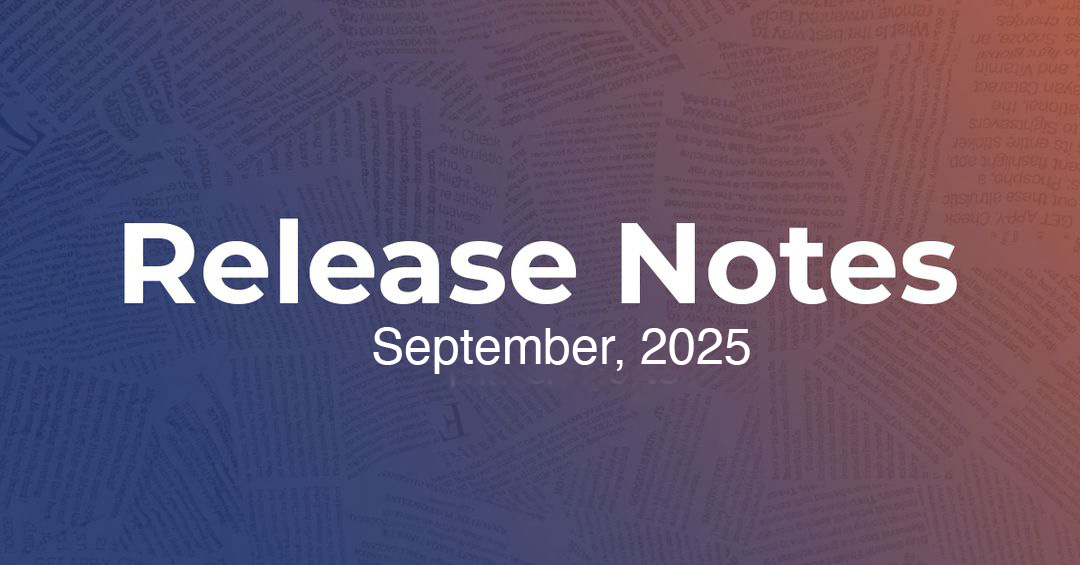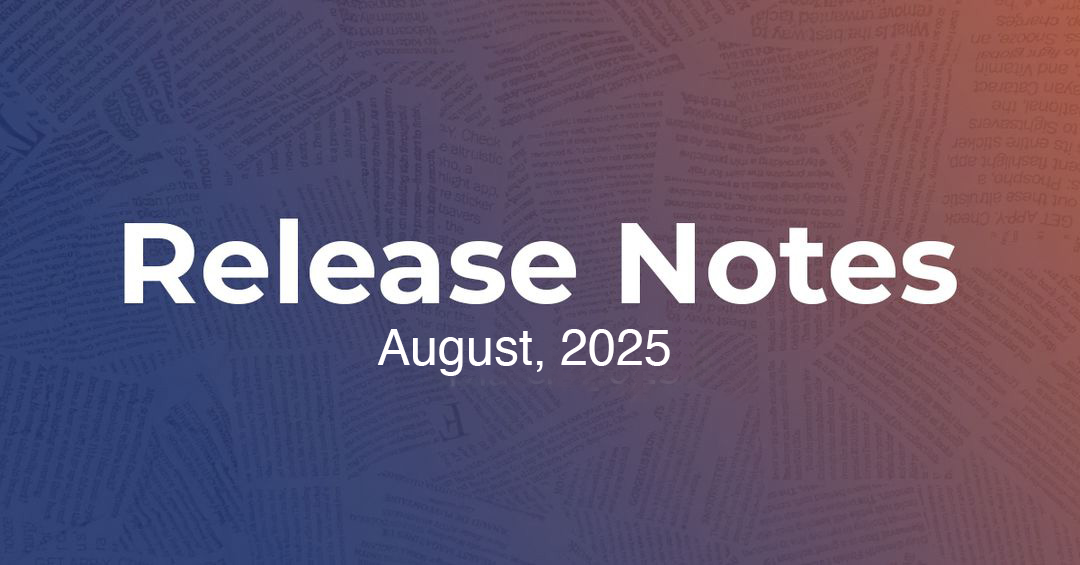In recent years, Graduate Medical Education has been placing more emphasis on “Wellness” for trainees, a topic that is difficult to define. The ACGME launched the Physician Well-Being Initiative in partnership with the medical community to promote “joy and meaning in work” while reducing burnout. At annual academic conferences, there have been multiple sessions that focused on wellness and how to improve the happiness and well-being among residents, fellows, and faculty members. Program Directors across the country have implemented strategies to ensure that trainees are not overworking, have access to stress management training, and have a proper support system in place. However, one area in the learning environment that rarely comes up in the wellness discussion is technology.
Healthcare has long been plagued with legacy processes and software products that are inefficient and difficult to navigate. Replacing such products with modern, engaging platforms can have a dramatic impact on job satisfaction immediately. The key to improving wellness is to help residents cut down on tedious administrative time and create more time for learning and patient care.
Wellness-Minded Technology Solutions For Residents
The market has been flooded with various technology products for medical teams, but the following 5 solutions are among the most exciting, effective, and relevant.
Mobile Phones with HIPAA-Compliant Texting
Residents and fellows often spend more time tracking down physicians, providers, staff, and patients’ family members than conveying actual messages. Typically, they log onto a hospital phone directory to find out who’s covering service, play a bit of phone tag, and then wait at the nurse’s station for a response. But there’s a better way.
Facilities should invest in cell phones loaded with reliable, secure, HIPAA-compliant chat applications like TigerConnect’s TigerText. Technology upgrades like these enable residents to quickly check schedules on their phones, send messages via chat, and call other providers right away – no phone tag required. However, for a secure texting solution to work, the institution has to put its full weight behind it, by mandating it for all staff and promoting it as the primary method of communication (outside of critical results that require phone calls).

Collaborate with Residents on Technology Purchasing Decisions
When it comes to technology procurement, most institutions assemble a committee of hospital and department leaders who set base requirements, assess vendors, and make the final purchasing decision. They usually exclude the residents, but this is a mistake. The residents are the ones who will have to incorporate the new technology into their daily workflow. Leaving them out leads to a lot of frustration – and poor job satisfaction – down the line.
Instead, institutions should give residents a seat at the decision-making table. They can ensure that the new product is usable and relevant to their daily responsibilities. Involving them also ensures their buy-in during the implementation and user engagement stages and shows them that their input is valued. Additionally, they’ll act as product champions during rollout instead of resisting change.
Permanently Adopt Teleconferencing Platforms Like Zoom
The COVID-19 pandemic has forced many residency programs to rely heavily on teleconferencing platforms for everything from daily lectures and meetings to interviews and patient communication. However, as the vaccine rollout pushes ahead, many institutions have set their sights on a return to “normal” – without enterprise communication software. But residents still need these tools.
Teleconferencing platforms afford residents an unprecedented level of flexibility. For example, instead of requiring every resident to attend lectures in a physical classroom, they can participate from anywhere. In lieu of commuting back and forth to campus, residents can take back that time for other personal obligations (e.g., child care, community involvement, etc.).
Video conferences also promote higher attendance and better participation, which is a plus for facilitators. And by giving residents a choice about how they want to learn, it reinforces your trust in them to make the most responsible and professional decisions about their continued learning.
.jpg)
Keep Documents Organized in One Easily Accessible Location
Hospitals and residency programs are often unsuccessful in managing the institution’s many documents (e.g., guides, handbooks, presentations, study manuals, etc.). Some might be hidden on the institution’s intranet while others are buried in residents’ inboxes. Furthermore, faculty and trainees may not be able to access the same institutional networks or cloud-based platforms. It’s an inconsistent and confusing experience, especially if you’re a resident.
An easy solve for this problem is a centralized place for all program documents, accessible to all residents and faculty. Documents could be organized and stored locally in a shared network folder or stored in the cloud via platforms like Box, Google Drive, or Dropbox (with the exception of files containing PII). This platform would be available to everyone whenever they need it, ending the wasted time and frustration that result from decentralized systems.
With Medtrics, clients use our Resources function, a full-scale document management hub, to store and distribute files and hyperlinks. Administrators can set restrictions and permissions so the right people see the right things, making it seamless for residents to get the information they need.
Update Residency Management Software
Program Administrators grow frustrated when residents are non-compliant with required tasks in the institution’s residency management software (RMS). But in most instances, the culprit isn’t an underperforming resident – it’s poor usability. Many trainees may be tech-savvy, but this doesn’t mean they’re efficient. And it’s the lack of efficiency that leads to non-compliance. Instead of getting angry, Administrators need to talk to residents to understand their user experience.
One way to address the issue is to train residents adequately, inclusive of sharing tips to maximize productivity. However, a superior option is to upgrade to a better RMS that provides a more functional and engaging experience.
In doing so, it’s critical to prioritize usability. The Medtrics team is laser-focused on the user experience at every stage of the product development process, and our product design is led by a physician who understands the nuances of clinical training. We’ve built a product that helps create a more productive and collaborative atmosphere and that improves resident performance and wellness – a win-win for everyone involved.
.png)
Request a free demo today or contact us to learn more.

.svg)







